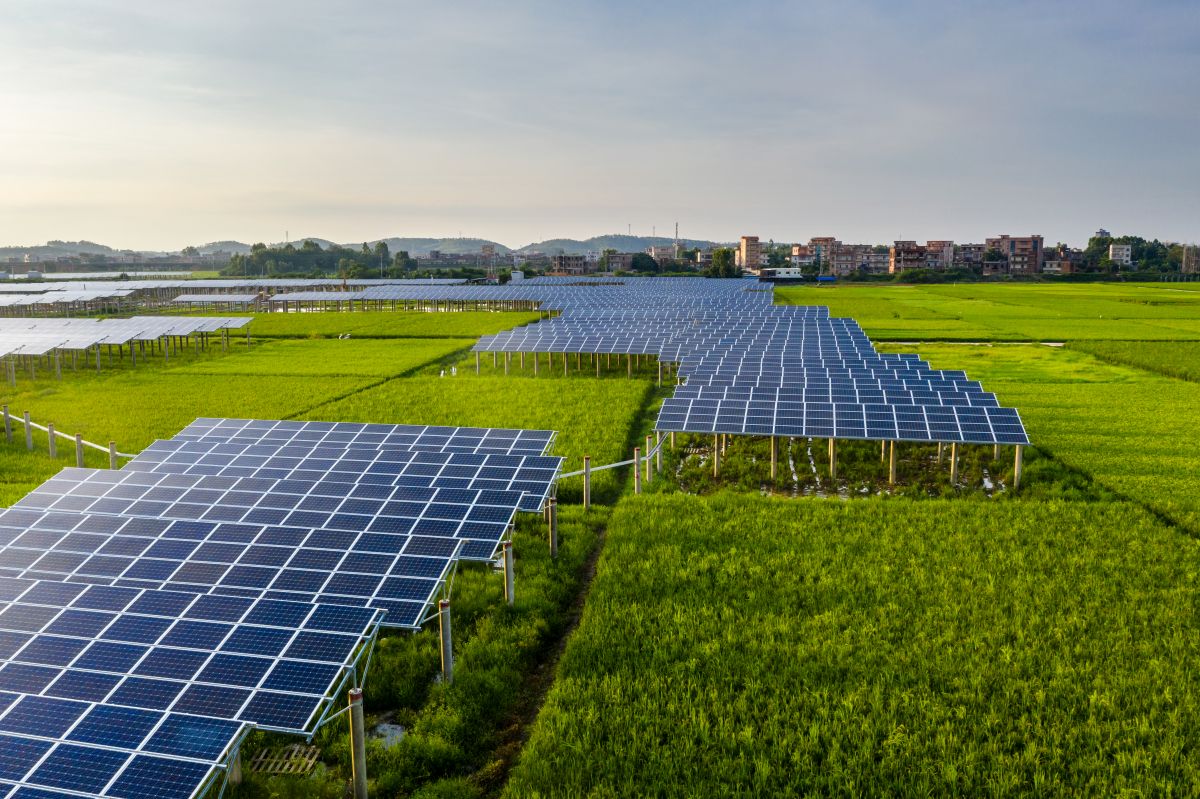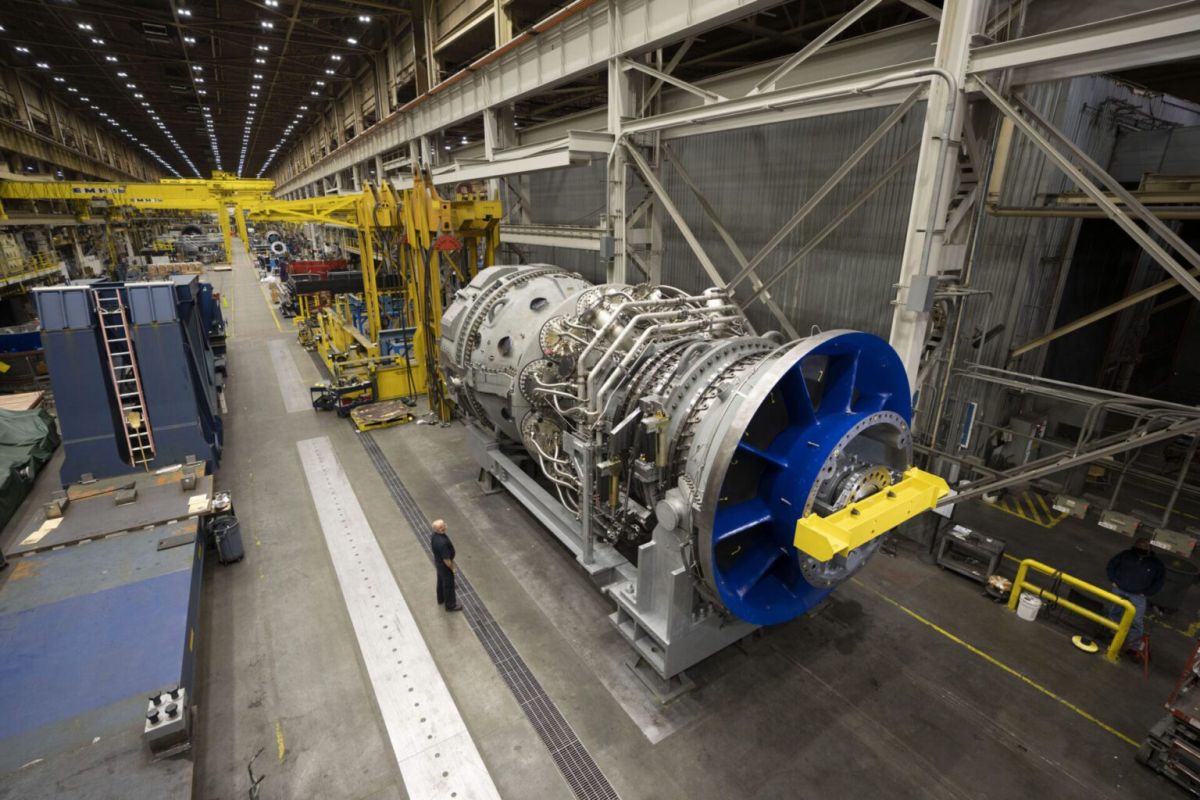WWW.RENEWABLEENERGYWORLD.COM
A coalition that represents solar developers in Virginia plans to ask the legislature to change how solar projects are approved at the local level, arguing that municipal bans are hurting efforts to meet the requirements of the state’s 2020 Clean Economy Act.
In the past 18 months, 33 large utility-scale solar projects – representing 3,236 megawatts of power – have been rejected across the state, according to the Mid-Atlantic Renewable Energy Coalition, or MAREC, which represents 47 renewable energy developers.
“That’s a big chunk of capacity in the short term,” said Evan Vaughan, executive director of MAREC Action, who called the current environment challenging.
MAREC says 34 counties have restrictive ordinances and 16 have limitations that amount to a ban on utility-scale projects.
The data offers a snapshot of the struggles solar developers have faced in recent years as Virginia’s clean energy goals and growing energy needs have met local resistance.
“We are opposed to removing the authority of local government in siting,” said Jim Riddell, with the Virginia Cattleman’s Association. “We believe decisions are best made at the local level where the people live and work and farm, grow their food.”
Constructs of the Clean Economy Act
In 2020 and under trifecta control of the state government in Virginia, Democrats passed the Virginia Clean Economy Act, which seeks to decarbonize the state’s electric grid by mid-century.
The law requires Virginia’s two largest utilities, Dominion Energy and Appalachian Power Company, to transition to carbon-free electricity in part by owning 16,100 megawatts and 600 megawatts of solar electricity, respectively, by 2035.
The VCEA also requires Dominion and Appalachian Power to maintain renewable portfolio standards, which are met by buying renewable energy credits created when a solar panel generates electricity. The credits can come from utility-owned generation sources or third-party sources, and starting in 2025, have to come from Virginia-based solar facilities. The solar panels at Dominion Energy’s Black Bear solar project. (Charlie Paullin/Virginia Mercury)
With the 2035 target and need for Virginia-based RECs to maintain the renewal standards past that target, some solar projects have been approved. One of the latest examples is Chesapeake in September, giving the OK for a 5-megawatt facility on 41 acres for a shared solar program, which lets residents subscribe to the electricity produced by a more centralized set of panels.
But other projects have run into opposition from those trying to preserve the state’s remaining farmland. Virginia’s farmland has declined by 500,000 acres over the last five years. For instance, Orange County recently denied an 80-megawatt project proposed for 1,000 acres, the second project it had rejected.
“[Farming] has been the history and legacy of this county,” said Orange County Supervisor Crystal Hale at the board’s Aug. 27 meeting, according to the Daily Progress. “If we start taking out 1,000 acres out at a time, we’re taking out that history and legacy for the few that think that their property rights are more important than the rest of this county.”
In total, as of mid-October, the State Corporation Commission, which regulates Virginia’s utilities, and the Department of Environmental Quality, which approves smaller solar projects, had approved 9,500 megawatts of solar, with 4,500 getting built, said Aaron Berryhill, solar program manager at the Virginia Energy department during a Virginia Clean Energy Summit panel recently.
Of those built so far, Dominion owns about 2,000 megawatts and gets 290 megawatts from third-party developers that sell the electricity to the utility through power purchase agreements, or PPAs, Berryhill told the Mercury. Appalachian Power owns a 5 megawatt facility and gets 55 megawatts through PPAs.
“There’s a lot of really exciting progress that’s already occurred, a lot of lessons learned and a lot of really good examples out there that I think are a really good foundation for this conversation,” Berryhill said during the panel.
A changing landscape
Dominion Energy officials have emphasized that they are ready to work with localities.
“I’m not going to tell a locality what to do, that’s not our job…we have to work within those things,” Ed Baine, president of Dominion Energy Virginia, said in a media roundtable with reporters recently. “We don’t try to dictate what we believe should be in their ordinances county by county, but we absolutely engage and try to educate on what is reasonable.”
But as the delays exist, energy demand is projected to more than double by 2048 in Dominion Energy territory, due to data center proliferation, and electrification of vehicles, and everyday life. That demand is prompting utilities to propose natural gas plants and small modular nuclear plans alongside renewable sources to provide electricity more reliability around the clock.
As those facilities take time to build, solar panels can be paired with battery storage devices that could provide dispatchable power on an instant’s notice similar to a natural gas plant, Vaughan said.
“We think we can be part of the solution,” he added.
Legislative proposals
In the most recent legislative session, MAREC lobbied for a bill that would give the State Corporation Commission authority to approve a solar project if a locality denied it. Another bill would have prevented a locality from banning solar projects so long as the total area of land under a solar panel remained under 4%. Both bills failed to advance over concerns of limiting local authority.
“(The Virginia Association of Counties) supports preserving and maintaining current land use authority in making decisions at the local level with input from a county’s respective constituency,” said Joe Lerch, director of local government policy for VaCo. “We do not support state preemption of this authority.”
This year, MAREC is considering a bill that would create a solar siting board pairing local officials with state-level officials more familiar with solar projects in order to understand more holistically the benefits of a project, ways to mitigate any negatives and still meet clean energy goals. There could also be the creation of a standard set of best practices to follow in order to calm localities concerns, and provide certainty for future developers to know what to expect.
Vaughan said localities need to maintain input, “but there needs to be a balance again.” Solar panels that generate power for a data center in Wise County. (Charlie Paullin/Virginia Mercury)
The Virginia Farm Bureau, which has pushed back against solar development in the state in order to preserve farm and forested land, is opposed to taking away local authority. The Farm Bureau’s opposition includes the argument that farmers need to meet water quality standards, such as Chesapeake Bay cleanup goals, which benefit from tree canopy and forested buffers to collect pollutants.
“I think the full picture of the local concerns should be taken into consideration when discussing a statistic,” said Martha Moore, vice president of governmental relations for the Virginia Farm Bureau. “There are many reasons why a locality might turn down a project.”
Riddell, with the Virginia Cattlemen’s Association, added concern stems from an instance in Essex County in 2018 when a solar developer was fined for sediment control violations. Earlier this year, another solar developer was fined for similar reasons.
“We depend on solar energy for our grass and our food crops and to provide whole food to Virginia. Solar energy is important to us,” said Riddell. “There is major concern over the loss of ag and forestry land.”
The topic is one of many to be discussed at a summit Sen. Dave Marsden, D-Fairfax, is hosting Nov. 18 in Richmond on ways to maintain the goals of the Virginia Clean Economy Act.
“We’re not touching the act,” said Marsden, in a phone interview. “The act itself is fine. What are the circumstances around it that have changed in four years and how do we adjust to that demand?”













